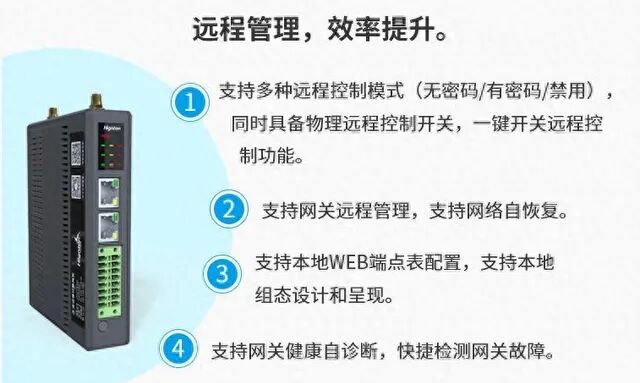Is your PLC data stuck? This real-time processing solution makes production responses three times faster!

Let me share a few shocking real stories. Last year, a food factory experienced a 3-second delay in the PLC data of their filling machine, which led to a failure to detect the issue of improperly sealed caps in time, resulting in over 5,000 bottles of beverages failing quality inspection and a direct loss of over 200,000! Even worse, the neighboring machinery factory, due to not monitoring the machine tool overload data in real-time, had the spindle suddenly seize up, taking 4 hours to repair and incurring a penalty of 500,000 for breaching the order. The factory manager’s face was as dark as a pot bottom during those days.
Another time, during a visit to a chemical workshop, the temperature data transmission of the reactor was interrupted, and the operator watched helplessly as the dashboard froze for half a minute without daring to act. In that half minute, the temperature exceeded the limit and nearly caused a safety incident. After calculating the costs, just the downtime for troubleshooting resulted in a loss of 800,000! You see, slow data processing is like planting landmines in production!
Many PLCs in factories resemble a “museum of international brands,” with Siemens, Mitsubishi, and Omron all singing their own tunes. Different protocols are like people from different countries trying to communicate; they simply cannot understand each other. This is where the “industrial data translator” OPC UA protocol comes in. Whether you are using Modbus, S7, or MC protocols, it can translate them into a unified “common language,” allowing different brands of PLCs to communicate seamlessly.
The old method of data collection is like sending someone to read the electricity meter at fixed intervals, updating only once every half hour. By the time issues are detected, it is already too late. Now we are playing with “second-level snapshots”—using the pymodbus library with the Modbus-TCP protocol, we can collect data 100 times per second, like a high-speed camera, capturing even the slightest changes in the equipment.
Simply moving the data is not enough; we need to let the data “analyze its condition”. We add a “data brain” to the system, writing a simple threshold judgment script in Python: for example, if the machine tool vibration exceeds 80dB, it automatically marks it in red as a warning; if there are three consecutive overloads, it directly triggers a shutdown protection. More advanced systems can even use machine learning models to predict equipment failures three hours in advance based on historical data, which is more accurate than the experience of veteran technicians!
Different factories have different situations, so we provide three typical scenarios for solutions, allowing you to find the right fit—
❗ Just focus on speed, accuracy doesn’t matter! — Better slow than wrong!
Let’s calculate a hardcore ROI: suppose the investment in hardware + software for a real-time processing system is 200,000, what changes can we expect?
Downtime losses significantly reduced: previously, due to data delays, there were 100 downtime incidents per year, each costing 50,000, resulting in an annual loss of 5 million; now the failure rate has dropped to 10 times/year, with an annual loss of 500,000, saving 4.5 million directly!
Labor efficiency improved: previously, three schedulers monitored the dashboard, now the system automatically alerts, and one person can oversee the entire operation, saving 150,000 in labor costs per year.
Quality costs decreased: after real-time data monitoring, the defect rate dropped from 2% to 0.5%, with an annual production of 1 million products, resulting in a loss reduction of 300,000 per year.
1. First, conduct a “health check” before taking action—do a data assessment.
Has your factory ever experienced batch defects or downtime incidents due to data delays?
Is checking historical equipment data still reliant on manual record flipping, taking half an hour to retrieve?
Would you like the workshop manager to no longer have to get up in the middle of the night to handle equipment failures?
If all of this resonates with you, don’t hesitate, take action now! Like and save this post, and message me “PLC Solution” to receive a set of “Industrial Protocol Conversion Secrets,” including Siemens/Mitsubishi/Modbus communication code templates that you can directly apply without pitfalls!
Remember, in the era of smart factories, data is productivity. Let PLC data run, let production respond quickly, so our factories can win in the market! Fast data leads to stable production; this statement is indisputable, right?